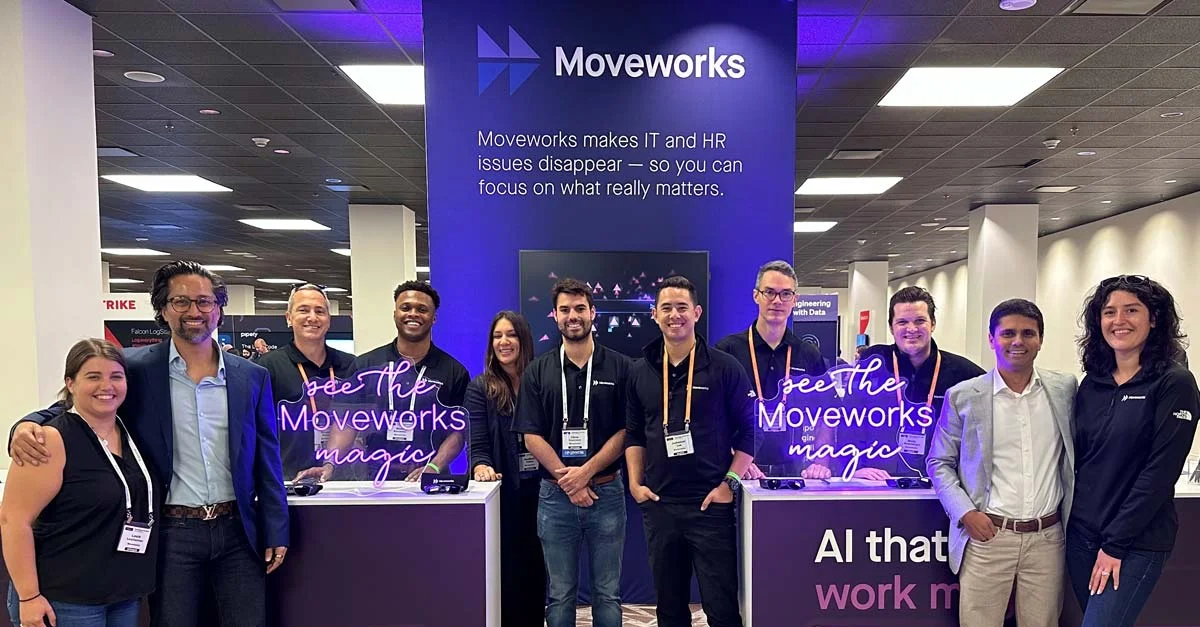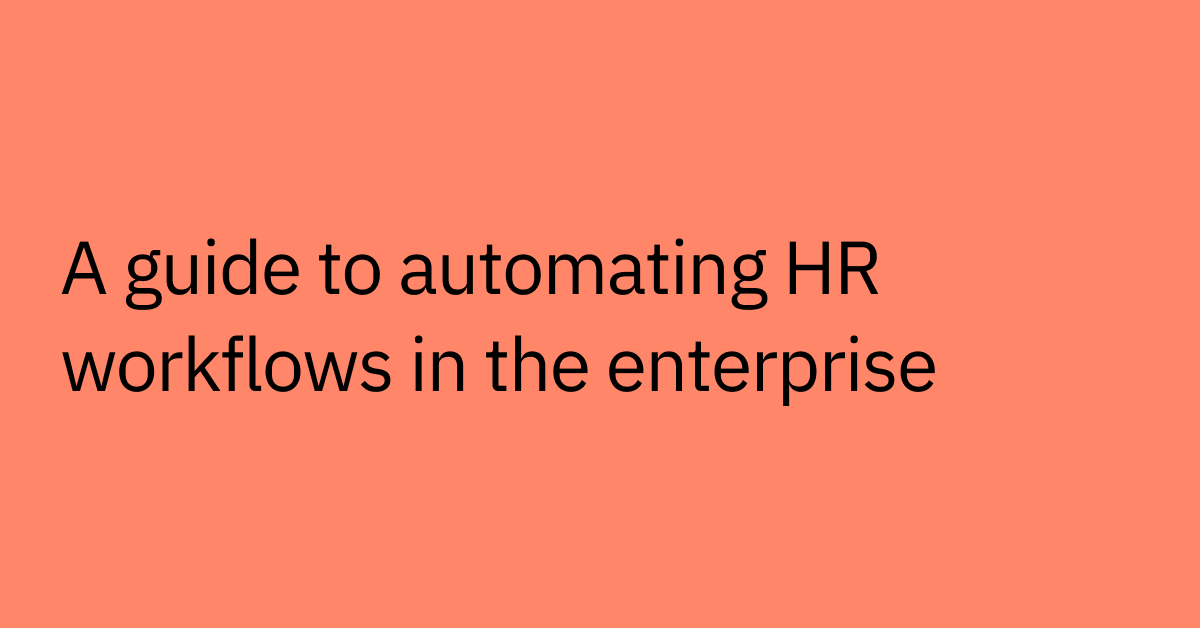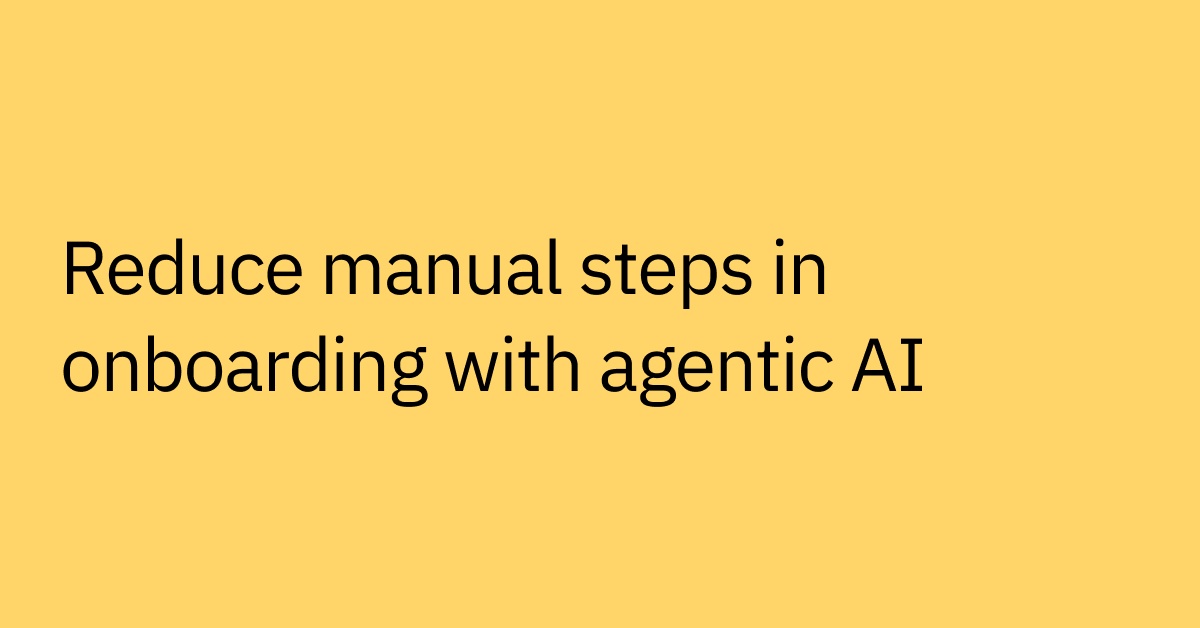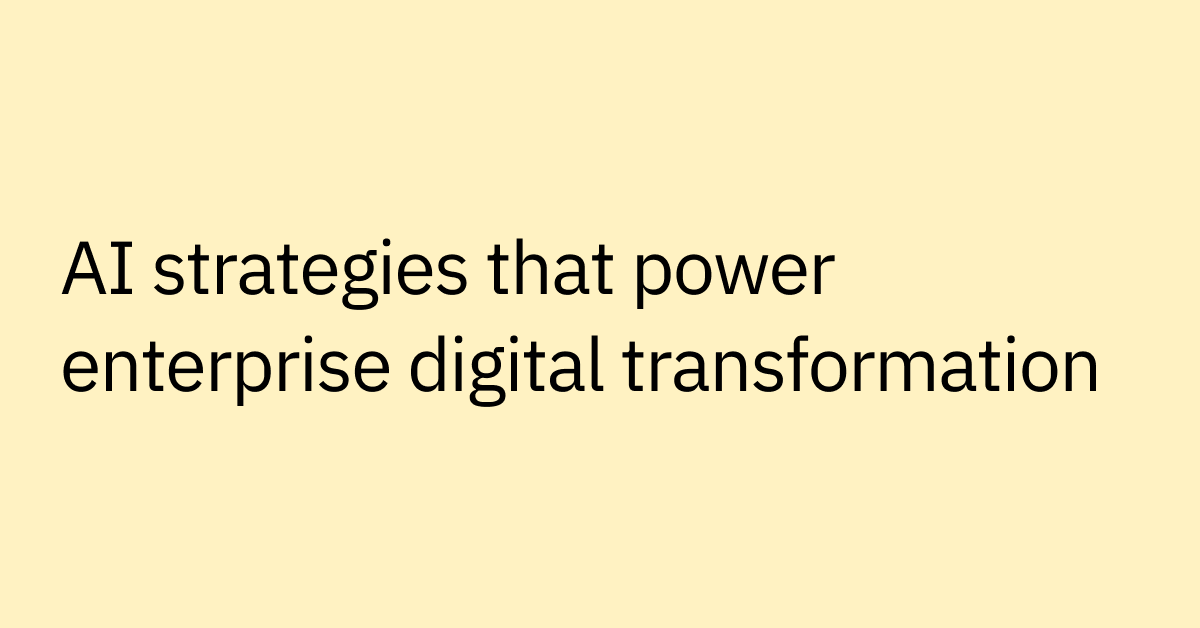Table of contents
Fresh from conversations at Forrester’s Technology & Innovation Forum, Moveworks’ Brandon Cohan shares three key takeaways on the future of work, and how AI is finally mature enough to start delivering on its promises.
When people think about AI, they often turn to the most extreme use cases. But at Forrester’s Technology & Innovation Forum, I was reminded yet again of the importance of focusing on what’s practical.
AI is no longer just a series of conceptual, pie-in-the-sky prototypes, ideas, and far-fetched science experiments. It’s now a core driver for companies who want to become a “future fit” organization — one that’s adaptive, creative, and resilient. In fact, millions of business leaders use AI every day to drive efficiency across their organizations, with individual use cases yielding millions in top- and bottom-line impact.
After two days of rubbing elbows with leading industry analysts, the verdict is clear: AI is no longer a nice-to-have — it’s a necessity for your business success. It’s here to stay, and how it’s implemented will separate leaders from laggards. Further, a repeatable framework is needed to help inform AI investment decisions and measure their results. With these three things in mind, you can make AI practical. Let’s dive a bit deeper:
1. AI is table stakes
Unsurprisingly, AI was a hot topic at this event. Numerous sessions led by organizations such as Qualcomm and CognitiveScale touched on the value of AI, and how they’ve leveraged its capabilities to scale their operations and enable flexible work.
What’s notable is that many organizations today are using AI not just in innovation labs adjacent to their core business, but in their daily operations. Looking forward, Forrester estimates that nearly 100% of all enterprises will use AI by 2025. That’s right, less than three years from now, using AI will be business as usual for millions of employees across the world. That’s an incredibly eye-opening projection — AI isn’t a nice-to-have any more, it’s instrumental to business competition.
2. A successful AI deployment starts with choosing the right use cases
Of course I’m biased, but I found Pinterest’s Derrick Diaz’s presentation about his experience deploying Moveworks’ conversational AI platform particularly enlightening. Acknowledging that AI is a growing space, he talked about why he partnered with Moveworks to drive his digital transformation initiatives.
For Derrick, it was of the utmost importance to find the right applications for AI. And I’m sure many business leaders can relate to this pressure since 85% of AI and machine learning projects fail to deliver, and only 53% of projects make it from prototype to production. With as many AI use cases as there are business processes, choosing the wrong approach and application will tie up valuable resources, waste time, and ultimately lose money for your organization.
That’s why Derrick was hyper-focused on the limits of what AI can and should do on its own. While AI is great for automation and handling repetitive work, there are plenty of situations where a human touch is still needed. The key is knowing the difference. My learning? Invest in AI that unlocks time for employees so they can focus on the most valuable, meaningful, and creative work. AI can — and at Pinterest, does — take care of the rest.

3. AI’s value starts and ends with its impact
There’s a general lack of understanding and consistency in evaluating both an AI tool's potential value before deployment and measuring its realized value after deployment. This makes it challenging when you want to calculate returns on investments on the front end (hoping and praying they deliver value), and when you want to measure results (over- or under-valuing impact) on the back end.
To overcome these obstacles, you need a repeatable framework that reliably estimates value opportunity and measures value realized. I’ll write about this more in upcoming blog posts, but at a high level, this framework starts with business and IT stakeholder alignment on the outcomes you seek to achieve and an understanding of how to measure strategic and operational KPIs over time.
Moveworks’ Founder and VP of Product, Varun Singh, discussed this very topic in a panel at the Forrester event. It’s important to understand which business investments are delivering positive results, especially in the economic climate we’re experiencing today. At Moveworks, we partner with our customers to align on their desired business outcomes and on KPIs that will help to inform their investment decisions and assess performance in the long run.
With 65% of firms increasing their emerging tech spend in the upcoming year, many business leaders are keen to take advantage of the opportunities created through technologies like AI. Whether they plan to use it to enhance the ROI of existing technology investments or drive greater employee productivity, having a clear understanding of the business outcomes AI will drive is paramount. Ask yourself: How will this technology make me more efficient, more creative, more collaborative, more informed, or more excited to come to work every day?
Practical AI will unlock the future of work
AI is a fundamental building block to becoming a future fit organization — use it. Hone your focus and prioritize AI use cases that will deliver the greatest business results — limit the science experiments. Leverage a repeatable framework that aligns key stakeholders on the business outcomes (and KPIs) you seek to achieve — make informed investment decisions. Doing these three things will help you unlock practical AI, leading your company into a new era.
The most innovative companies use practical AI to power their employee experience.




